This past summer in the world of C.S. Lewis and Inklings studies a rare feat of scholarship and dedication was brought to completion. A marvelous book comprised of many voices was made and put into a single volume for all students and lovers of the Inklings to enjoy in one place. “What’s so special about that?” you say? “Compilation books come out with increasing frequency, especially in this field of study.” What is different about this one – C.S. Lewis and His Circle – is who the voices are, the range of critical history they represent, and who created it. These voices are gathered together from the archived tape recordings of presentations to the esteemed Oxford C.S. Lewis Society. In many instances they are people who had first-hand knowledge and relationship with Lewis and other Inklings members. In other instances they are some of the finest living scholars in the world today representing Lewis and Inklings studies. The creators of this magnificent collection are Roger White, a professor in the Departments of Graduate Ministry as well as University Libraries and Curator of Special Collections and Rare Books at Azuza Pacific University, and Judith and Brendan Wolfe. Judith Wolfe is the founding General Editor of the Journal of Inklings Studies and Brendan Wolfe is Executive Editor of the Journal of Inklings Studies, and past President and Secretary of the C. S. Lewis Society of Oxford University. Judith and Brendan have co-edited two other collections on C. S. Lewis: C. S. Lewis and the Church (2011) and C. S. Lewis’s Perelandra: Reshaping the Image of the Cosmos (2013).
It is difficult to calculate the service and value the Oxford C.S. Lewis Society has given us over its 30 year life-span. The ideas that fed so much of the thinking of the Inklings have been faithfully explored; the work with those ideas has continued in development, relationships have continued to be formed in context of community, and all of this in the setting at Oxford that was so very vital to the Inklings themselves. At this juncture in history we are in a transition from seeing all these issues through first hand relationships and experience – effectively first and second generation Lewis knowledge – and are now entering into what can be called the third generation, the generation where the baton is passed to be carried forward on the basis of the ideas and values themselves, but without the direct, original relationships that have sustained and shaped us for better than 50 years.
Allow me to say that C.S. Lewis and His Circle is a remarkable book both in content and in production. It is beautiful to the eye, the hand and the mind alike. It captures the particular qualities of the speakers and in reading each chapter something is present of the thread that ties us back to the original Inklings group. I can hear the distinctive voices of Michael Ward, Malcolm Guite, Walter Hooper, Alister McGrath and Kallistos Ware talking through these pages. I ponder the words of Peter Bide, Tom Shippey and Owen Barfield. I delight to read the chapters by Joan Murphy, Stephen Logan, and George Sayer. In fact, there has not been a page that failed to please, inform, and inspire. Beautiful printing, beautiful paper, and beautiful design are everywhere evident in this book. Every element of it is a pleasure. Roger White, and Judith and Brendan Wolfe are not only to be praised for their very fine work but thanked for their long labour and generosity in making this available to a broader audience. We are richly benefited with their service.
LES: Would you share with us something of the story behind this remarkable book? Very few anthologies that I know of are using primary source material based on recordings. What sparked the idea for this project and how did that idea get shared with others to become involved with the project?
RW: In some ways the story of the book begins with the story of the Oxford C. S. Lewis Society and the exceptional presenters, long-time members, and enthusiastic visitors who meet there weekly. The presentations typically generate rich and lively discussions that overflow into the Oxford pubs following meetings. Given the high interest these talks produce they naturally lend themselves to further distribution in print to wider audiences. Thankfully, recordings going back to the early 1980’s survived and retain much valuable material that has now been gleaned and captured in the book, C. S. Lewis and His Circle. The Oxford C. S. Lewis Society’s influence and its commitment to a legacy of scholarship also continue today through its affiliated Journal of Inklings Studies.
JW: The project itself got underway in 2008. Brendan and I were studying at the University, and serving as President and Secretary of the Oxford C. S. Lewis Society. We had long been hoping to do something with the extraordinary cache of cassette recordings of three decades of Society talks that was kept in the Society’s library. But the task of listening through the tapes, selecting the right ones, digitizing, transcribing and editing them, and then reconnecting with speakers and literary estates to produce final versions, seemed too daunting for just two. Then we met Roger, who was in Oxford on a two-year assignment from the States, and who impressed us with his expertise, discipline, and enthusiasm. We asked him whether he might be willing to make a third, and when he accepted, we set out on the long journey.
LES: What was the process like of collaborating on this project across two continents and different time zones?
RW: When we started on the project we were all living in Oxford and attending the C. S. Lewis Society together, which significantly facilitated our initial planning and the early stages of the editorial process. Later, I moved back to southern California creating an 8-hour time difference between us. Brendan and Judith then relocated to Germany, which added still another hour to the differential. We utilized multiple means of communication while maximizing our unique research connections in the UK and the US to search out publisher, contributor, and estate information. An advantage of the time difference was that I could email something late in the day and then when I woke up the next morning I would have a reply since my sleeping hours allowed most of a day for Brendan or Judith to gather a response.
LES: Given how many talks there were to review (over 200 as I understand it) and permissions gained, how long a process was it from inception of the idea to do this to holding a tangible book in your hands?
RW: Brendan first approached me about the project in November 2008. I’m not sure how long he had been envisioning the project before then. The book was released this past July so that’s a little over six and a half years from when we first began work on it in 2008 to actually holding the final product in our hand.
LES: Every book faces challenges in being brought into being. What are some of the challenges you faced in bringing this project to completion?
JW: Apart from the transcriptions themselves (more on that below), the biggest — and often most exciting — challenge was finding the heirs of speakers who had passed away. In some cases — for example those of Elizabeth Anscombe or Owen Barfield, who have dedicated and efficient literary successors — it was clear whom to contact, but in others, such as George Sayer’s or John Wain’s, it was difficult. For Peter Bide’s chapter, I found out where his widow last had a home, and then cold-called every single Bide in the phone book in that and the neighbouring county. It made things more confusing for everyone, of course, that Peter is such a common name: at least one loving grandson told me the story of a completely different Peter! In the end, the Rev’d Bide’s nephew came forward, and was very helpful at short notice.
LES: In light of the great amount of transcription required and the recording conditions of the time periods these talks were given, was the transcribing itself the most difficult part of bringing this book together? What was the process for transcribing these sessions?
RW: When we were getting started I decided to transcribe the Rowan Williams talk to see how much work it would be. I digitized the recording from a cassette tape to a computer, located some transcription software for replaying short segments, and began listening and typing. Fortunately, the sound quality was very good on the Williams’ recording but it still took several weeks to complete the project. One benefit of this process was that I became very familiar with the content of the talk.
The Faculty Research Council at Azusa Pacific University provided grant funding for much of the transcription work and hiring professional transcribers helped speed up the process, but additionally, I continued to do some of the digitization and transcriptions, especially on shorter presentations or those with poor sound quality. I wish I had kept a record of the number of times I listened to the Elizabeth Anscombe recording. I spent many hours familiarizing myself with her earlier writings on the subject in order to better follow and anticipate the ideas and vocabulary she was using in the recording. I’m sure there are portions of that talk I listened to hundreds of times trying to decipher a single word or phrase!
Thankfully, several of the talks did not require transcriptions because the speakers still had their original manuscript that we were able to obtain and use. So while I remain very grateful to Andrew Smith and others who first thought to record hundreds of talks for posterity’s sake, I am also extremely glad for the presenters who kept their papers.
LES: What caught you by surprise in the process of putting this book together? Did you come across anything you didn’t expect? Were there pieces here that you had not encountered before and heard for the first time?
JW: I think it was a series of discoveries for all of us. We all joined the Lewis Society after 2004, so although we had heard about some of these talks from long-time members, we had never heard the talks themselves before. One of the things that delighted me most was the warm and familiar, but also wonderfully sharp tone in which some of the earlier speakers spoke of Lewis and the Inklings. It really felt like grasping a line from the past to the present.
RW: I was amazed at how many former friends, students, and colleagues of central figures of the Lewis circle have been speakers and guests at Society meetings. Being based in Oxford where Lewis lived and the Inklings met gave the Society a unique opportunity to hear from and interact with those associates who still lived in the area.
LES: What are Oxford C. S. Lewis Society meetings like? Who is welcome to come?
JW: The C. S. Lewis Society has always been a place where people from the university and those from the general public could come together and pursue common interests. Everyone is welcome at meetings, and there is usually a good mix of very long-standing members, students who are there for a semester, a year, or several years, and visitors changing by the week and month. Meetings usually begin at 8:15 — after dinner is served in the Colleges —, and center on a talk by a member or (now more usually) guest speaker. There is a formal discussion, and then those who have time move on to the pub — either the Eagle & Child next door, or the Lamb & Flag across the street — for a drink and more talk. Before Christmas, we always hold a Christmas party at the Kilns, Lewis’s Oxford home, and before the summer vacation, we organize a pub walk to one of the village or riverside pubs around Oxford.
RW: For those not living in Oxford there are also membership options listed on the website that allow one to benefit from associating with the Society in various ways and receiving the Journal of Inklings Studies.
LES: With so many years now of serious literary study and efforts being made to be “objective” in research focus, it is easy to slip into a mindset that is detached from the Inklings as actual human beings. While we study their personal histories, their views, their writing styles and religious habits in an effort to understand these individual’s better there is a danger of extremes. This is especially true for Lewis and for Tolkien, but it can often be seen in regard to Barfield, Williams, Dyson, and Warren Lewis. Researchers have to exercise a great restraint in keeping a fair perspective and even then it seems many fall prey to either veering toward hagiography or a deconstruction of “facts” that leads either to very flat representations or to near scandal. In light of this, the closing sentence on the dust-jacket caught me when I first read it, and Michael Ward strengthens the notion in his very fine Afterword with this, “On the one hand, the group [the OCSLS] exists to examine and dissect, to explore and analyse in scholarly fashion the ideas found in Lewis’s works and in the works of his circle. On the other hand, the Society likes simply spending time with these writers, enjoying their personalities and histories, appreciating their peculiar qualities and gifts as unique individuals.”
How important do you think it is to view the Inklings individually and collectively through a “lens” of affection? Can affection itself allow us to see the individuals we are studying more clearly and more completely?
RW: You ask a tough but important question about how best to get at a clear and complete historical picture of the Inklings. I like something Brendan contributed to the Preface of the book about the importance of contextualization and biographical investigation. It seems to me that part of that academic process includes attempting to look at human life from an insider’s perspective and that inevitably involves the affective aspects of groups or a person. Sharing an affinity with Inklings members helps open up and inform that line of investigation, but it certainly doesn’t negate other critical analysis brought to the conversation by those who may not be as sympathetic to the group’s central tenets. Human nature at times tips towards polarity, emphasizing only positive or negative aspects of persons or entities. A lens of affection protects against an experience-distant stance merely focused on critique. A lens of objectivity protects against a stance that could drift into idealization or unreflective sentimentality. C. S. Lewis and His Circle adds significant first-hand accounts and reflections to the ongoing conversation about this influential group.
JW: That’s very nicely put. Lewis himself says that love doesn’t distort one’s view of another person, but gives one the freedom (or strength) to be honest about that person’s shortcomings. But of course one must be sure that what one loves is the actual person, not one’s own image of them. That’s why first-hand accounts of C. S. Lewis and his circle are so important, to keep correcting and re-shaping our (often idealized) images of them.
LES: Walter Hooper has two wonderful contributions in C. S. Lewis and his Circle – “It All Began with a Picture” and “The Inklings.” There is some overlap in the material of these two pieces – overlap that from at least my point of view as a reader enriches both pieces rather than seeming redundant. What lies behind the editorial decisions to include both these given that overlap? I noticed that nearly everyone else’s have a date for their talk, but Walter’s did not. And why were so many chosen from the 80’s and 90’s but none from 2000 on?
JW: Walter has given many talks over the years, and material often overlaps a bit. These two are talks that he’s given at various times, which is why they don’t have date stamps. Since the material fits into each context, we’ve decided to retain it in both.
The reason for the absence of pieces from the 2000’s is purely practical: In 2005, the Society founded a journal — then called the C. S. Lewis Chronicle, now the Journal of Inklings Studies —, which has been publishing the best ongoing talks of the Society. So talks from the 2000’s and 2010’s are already available.
LES: Would you share some stories of Walter Hooper’s influence and involvement with OCSLS over the years?
JW: Walter Hooper helped Greg and Suzanne Wolfe (no relation to Brendan and me, sadly), who were then students at the university, to found the Society, and remained senior member — that is, faculty advisor — for some years. He has been a member since then, and I’m sure his countless stories of Lewis, his patience in answering (and asking) questions, and his astonishing ability to make one feel cherished and important will remain one of the best memories of the Lewis Society for many of us, whether members or visitors.
RW: I met Walter at the very first Society meeting I ever attended. He is always friendly and gracious to visitors. Given his many years of overseeing C. S. Lewis’s literary estate and editing Lewis’s works it surprised me somewhat to learn of his regular attendance at Society meetings and to observe his active participation in discussions. Surely he has heard it all, I thought. But no, he remains a lifelong learner and frequently asks some of the most helpful and penetrating questions that inevitably bring new and critical ideas to light. I once ran into him in the Bodleian Library in Oxford where I learned he was at work on still another collection of Lewis’s unpublished writings!
LES: What do you see as the overarching theme of this collection? Is there a unifying thread that you regard as the binding factor in these many voices?
RW: Apart from the chapters all being presentations at the Oxford C. S. Lewis Society and apart from the memoirs being uniformly contributed by those who actually knew C. S. Lewis, another significant unifying thread that I note in several chapters is the important role of emotion and imagination and their integral connection to reason. Three chapters in particular reflect different aspects of this common theme: Stephen Logan’s chapter on the limits of reason, Kallistos Ware’s chapter on sacramentalism, and Malcolm Guite’s chapter on longing and yearning.
LES: I have heard among the Lewis scholars community that it can be a rather divisive group and I have had a few experiences over the years that lend some credence to that observation. Yet one of the most essential qualities of Christianity, one to which Lewis devoted his life as a Christian public figure and writer, was unity among believers – ‘mere Christianity’. What do these various voices offer as examples of commonality and how might we learn from this fellowship to better seek unity among Christians instead of competitiveness?
RW: I like the honesty and frankness found in the chapters by Owen Barfield and John Wain, both Inklings members. Barfield tells the reader where he and Lewis strongly differed on subjects, but he also ends the chapter by pointing out where they agreed. Much of Barfield’s memoir is about clearing up misattributions of ideas assigned to Lewis that Barfield had said but that Lewis had not. Part of ongoing intellectual conversations involves engaging in the difficult work of setting the record straight on who really said what.
Both of John Wain’s memoirs reflect an intellectual hospitality as he fondly recalls the distinctive characteristics of fellow Inklings Nevill Coghill, C. S. Lewis, and W. H. Lewis. He spends a good deal of time describing and admiring the kind of men they were, but he also, like Barfield, is straightforward about where he differed with them. For Wain,
The disagreements do not diminish the genuine affection present in the friendships nor negate an appreciation for the exceptional qualities each possessed.
JW: One of Lewis’s remarkable abilities is to bring Christians of very different backgrounds around the same table — this is obvious in this book, but even more so in one of our other books, C. S. Lewis and the Church (T&T Clark, 2011), which includes pieces by Anglicans, US Evangelicals, Roman Catholics, and Eastern Orthodox. But once we are around the same table, we should also speak openly about our differences: not in the name of discord, but in the name of transparency and of that opposition which, according to Lewis and Barfield, is true friendship.
No doubt rational disagreement is something Christians should be at the forefront of reclaiming amid today’s emotional reasoning and identity politics.
BW: As a postscript, having met and hosted dozens of scholars of Lewis and Inklings over the years at the Society, I have never found them to be a factious group.
LES: What do you each hope that C. S. Lewis and his Circle will accomplish as it takes its place in the queue with Lewis readers?
RW: You may never get to visit the city or university of Oxford, but it is a remarkable place where reading, reflecting, and discussing ideas is the norm. This book gives you a taste of that unique learning community and a seat at the table of the Oxford C. S. Lewis Society to listen to talks about the life, work, and thought of C. S. Lewis and those he admired. I trust that these essays and memoirs will open up further vistas of thought and deepen readers’ understanding about a constellation of themes related to Christianity, culture, and the imagination especially as they are viewed through the lenses of theology, fiction, literary criticism, philosophy, and poetry.
JW: From a personal standpoint, we hope that the volume will simply, for some who know these authors and some who don’t, open the door to a better knowledge of Lewis and his circle, and to the pleasure of that great company.
From a scholarly standpoint, I think this volume signposts the transitional point at which the academic reception of Lewis and his circle stands at the moment. Judging from the history of the reception of other great thinkers, we’re at that decisive point where the first stage of first- and second-generation appreciation and remembrance is almost complete, and the task now is to take “Lewis scholarship” forward to a next stage: a more remote scholarly reception that brings these thinkers into a serious, ongoing conversation with contemporary concerns, theories and discoveries. This is a task we’re actively pursuing with the Journal of Inklings Studies.
This book looks both backward and forward: By bringing together some very important voices from the first and second generation of Lewis’s companions and students, it helps to ensure that we go into the future with as clear and well-rounded an image as we can of the personalities and commitments of C. S. Lewis and his circle. And by showcasing some first-rate contemporary scholars, it suggests several directions for future Lewis scholarship.
The Oxford University C. S. Lewis Society promotes interest in and knowledge of the works of C. S. Lewis: theology, fiction, literary criticism, philosophy, poetry. The Society is interested not as much in Lewis as a man as in the world he inhabited and the intellectual and spiritual colleagues he knew and admired. These include J.R.R. Tolkien, Charles Williams, Dorothy L. Sayers, George MacDonald, G.K. Chesterton, T.S. Eliot, Owen Barfield and others. The Christian faith which lies at the heart of Lewis’ work, and that of his friends, necessarily plays a large part in the discussions, but the Society does not aim to evangelise and not all members are Christians.
The Society endeavours to cover a wide range of subjects at its meetings, the core of the term’s activities being the speaker meetings, at which guest speakers talk about one of the authors, or some other related topic, from a personal or scholarly point of view.
Azusa Pacific University is comprehensive, evangelical, Christian university located 26 miles northeast of Los Angeles, California committed to excellence in higher education. With 63 bachelor’s degrees, 43 master’s degrees, 18 certificates, 14 credentials, 8 doctoral programs, and 4 associate‘s degrees, the university offers its more than 10,700 students a quality education on campus, online, and at six regional centers throughout Southern California.
Further Resources to explore:
“C. S. Lewis and His Circle: 7 Surprising Discoveries about the Beloved Author” by Roger White (Bookish, July 8, 2015) — https://www.bookish.com/articles/c-s-lewis-and-his-circle-7-surprising-discoveries-about-the-beloved-author
This is a first-rate review by Holly Ordway and genuinely enlightening -“The Lewis Society and the Genuine Enjoyment of Rational Disagreement” Book Review by Holly Ordway (The Catholic World Report, August 29, 2015) — http://www.catholicworldreport.com/Item/4125/the_lewis_society_and_the_genuine_enjoyment_of_rational_disagreement.aspx
“Through a New Wardrobe: The NarniaFans Interview Series: Learning more about C. S. Lewis & His Circle” Interview by Jonathon Svendsen (NarniaFans, July 20, 2015) — http://narniafans.com/2015/07/through-a-new-wardrobe-the-narniafans-interview-series-learning-more-about-c-s-lewis-his-circle/
All About Jack: A C. S. Lewis Podcast — C. S. Lewis and His Circle —http://allaboutjack.podbean.com/e/cs-lewis-and-his-circle-roger-white/
Journal of Inklings Studies | https://inklings-studies.org/
The Oxford C.S. Lewis Society – https://sites.google.com/
https://www.facebook.com/groups/oxfordcslewissociety/
C. S. Lewis Foundation – Tours of The Kilns – http://www.cslewis.org/ourprograms/thekilns/
http://www.apu.edu/articles/the-magic-of-two/ – Collaboration / APU
YouTube film – CS Lewis Symposium 3/3: 21st Century Apologetics – https://www.youtube.com/watch?t=53&v=jgnbr-68Vws
The images of Roger White, Walter Hooper, and Addison’s Walk are (c) Lancia E. Smith.
The image portrait image of Judith Wolfe is (c) Thomas Brauer.
The images of Oxford C.S. Lewis Society and Judith Wolfe are used with the kind permission
of Judith and Brendan Wolfe, the Oxford C.S. Lewis Society and Roger White.
Blessings!
Lancia E. Smith is an author, photographer, business owner, and publisher. She is the founder and publisher of Cultivating Oaks Press, LLC, and the Executive Director of The Cultivating Project, the fellowship who create content for Cultivating Magazine. She has been honoured to serve in executive management, church leadership, school boards, and Art & Faith organizations over 35 years.
Now empty nesters, Lancia & her husband Peter make their home in the Black Forest of Colorado, keeping company with 200 Ponderosa Pine trees, a herd of mule deer, an ever expanding library, and two beautiful black cats. Lancia loves land reclamation, website and print design, beautiful typography, road trips, being read aloud to by Peter, and cherishes the works of C.S. Lewis, J.R.R. Tolkien, and George MacDonald. She lives with daily wonder of the mercies of the Triune God and constant gratitude for the beloved company of Cultivators.
Leave a Reply
A Field Guide to Cultivating ~ Essentials to Cultivating a Whole Life, Rooted in Christ, and Flourishing in Fellowship
Enjoy our gift to you as our Welcome to Cultivating! Discover the purpose of The Cultivating Project, and how you might find a "What, you too?" experience here with this fellowship of makers!
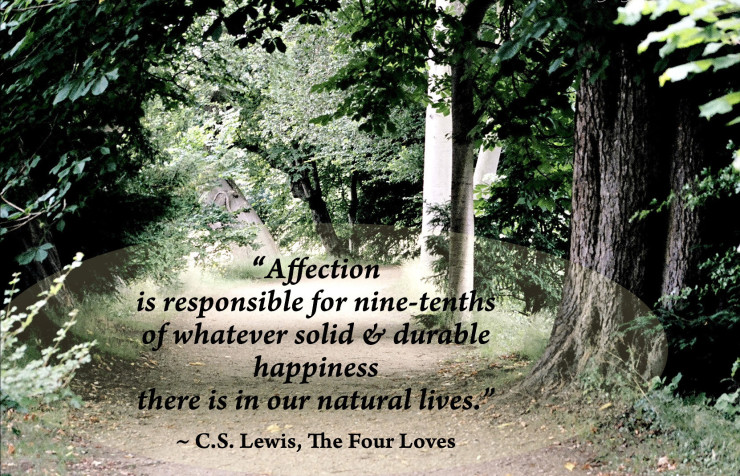

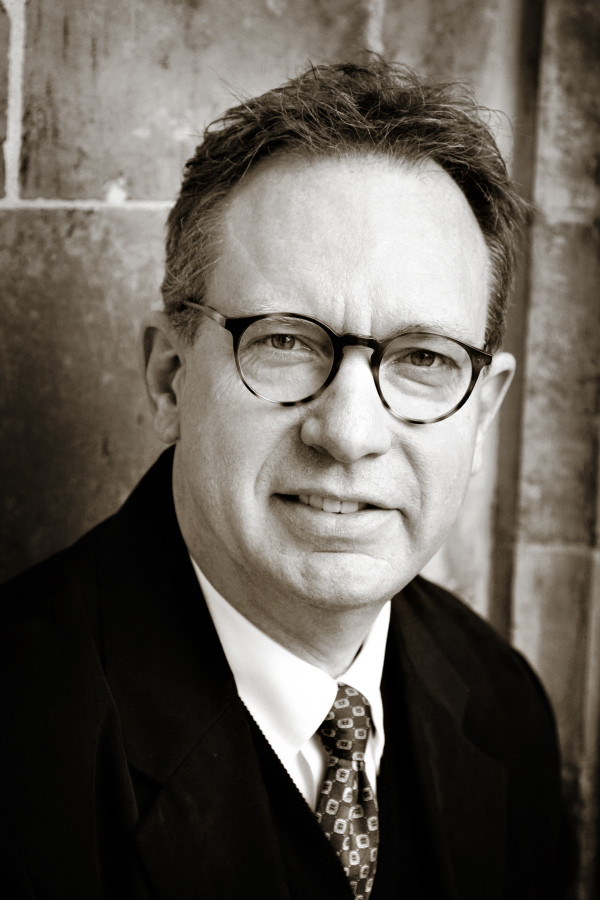
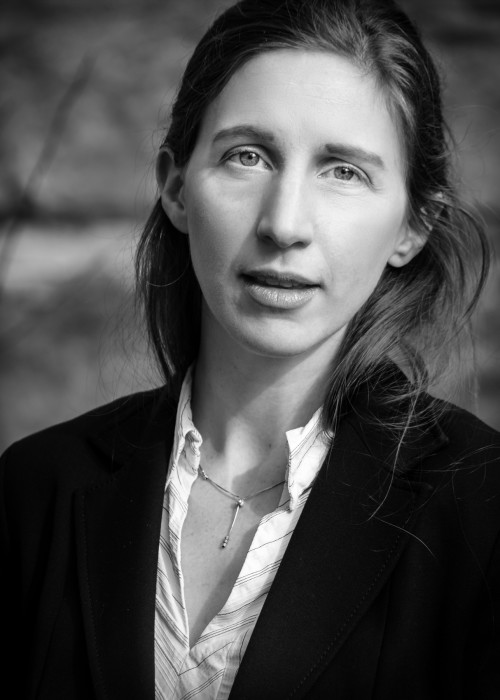
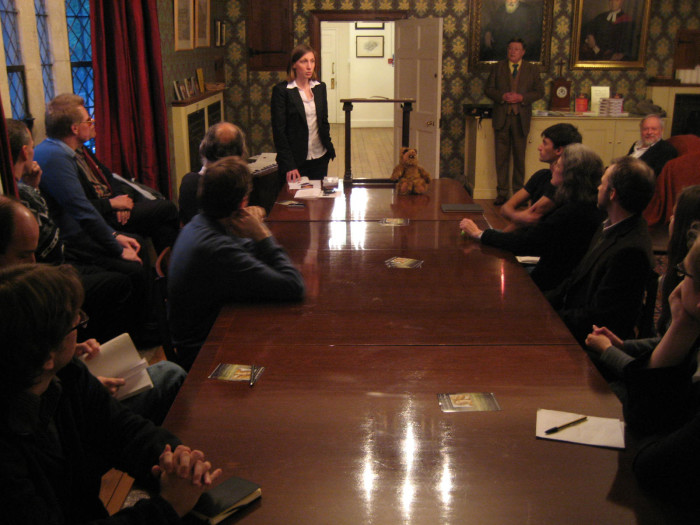
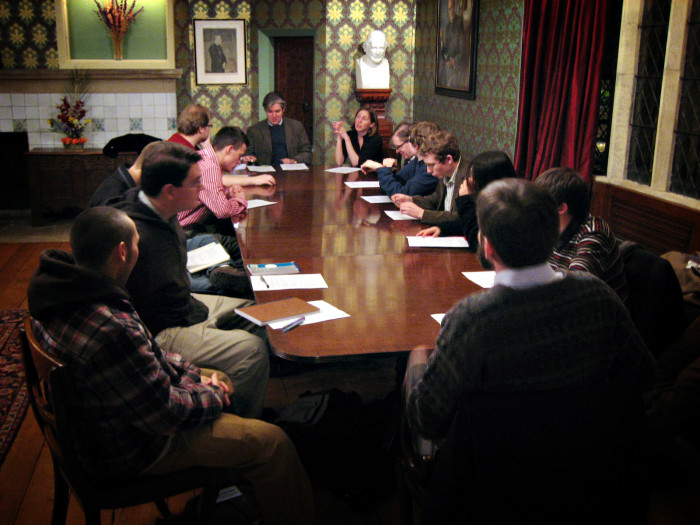
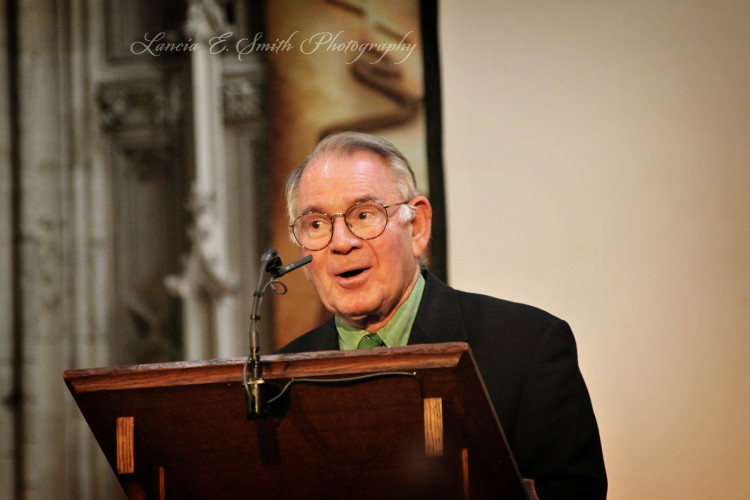

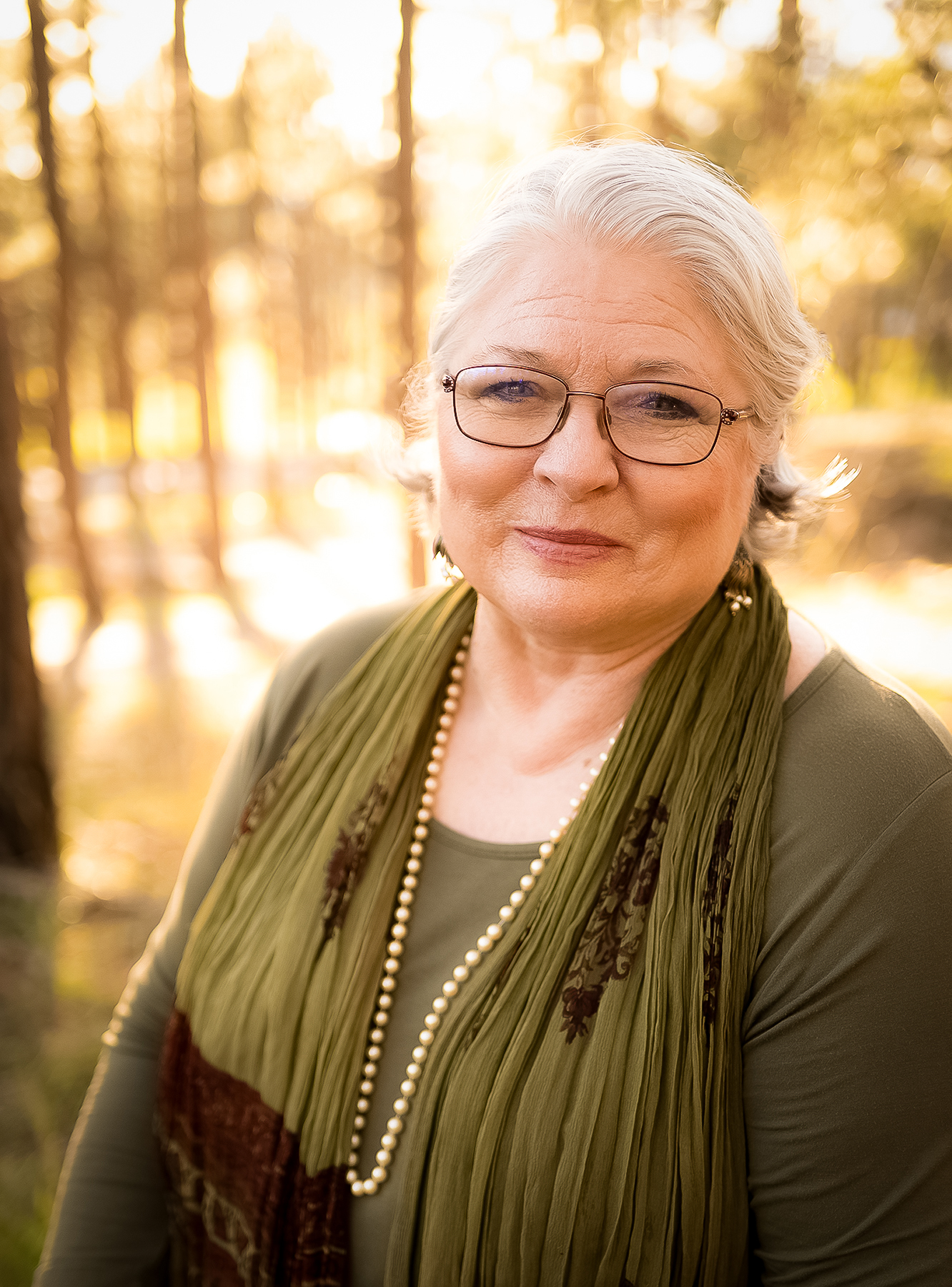
Add a comment
0 Comments